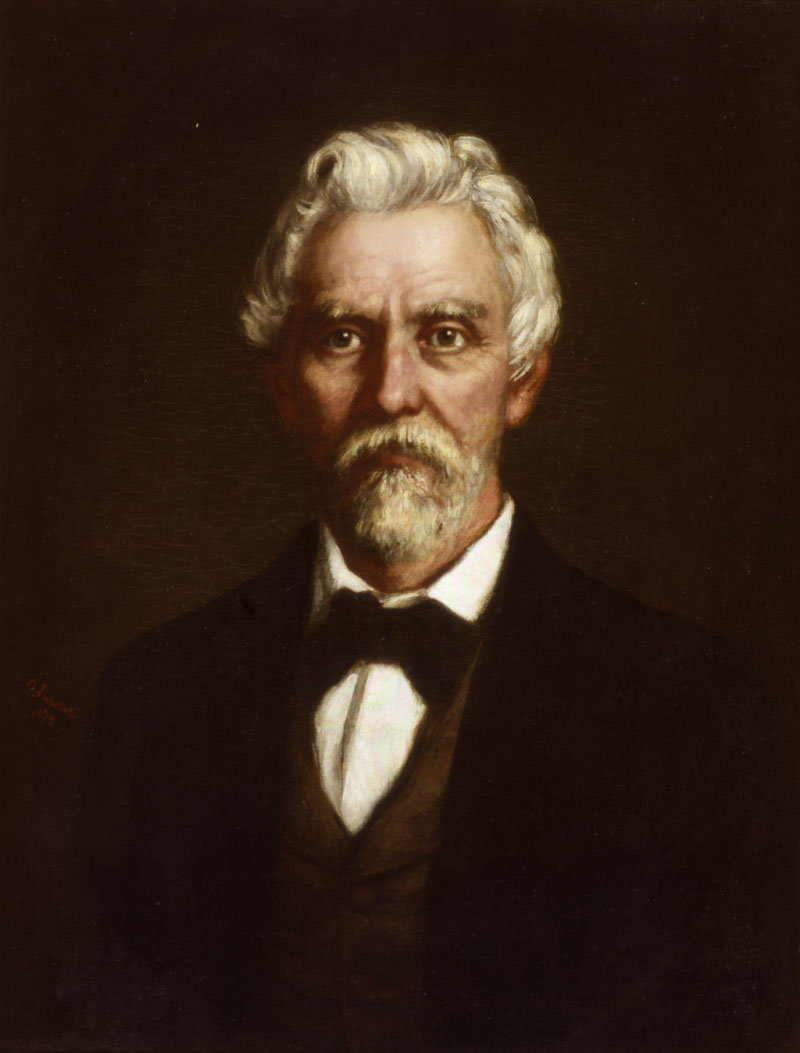Municipal elections were held nine months later on September 19. The new mayor, John W. Smith, his group of aldermen, and other officials took on the enormous task of rebuilding both the town’s physical and governmental structure.
It’s estimated that there were about 1,800 residents then—but that began to change. Settlers from England, Continental Europe, and the eastern United States arrived. They began acquiring land from long-time owners. Some of it was land along San Pedro Creek. So that’s when the names of prominent historical figures like John W. Smith, Samuel A. Maverick, and Thomas J. Devine became associated with the fate of the creek.
It was in 1845 that Texas was welcomed as a state into the union. However, the community’s post-war recovery still proceeded slowly. There was so much to do that government officials had to rely on residents and landowners to take on major repairs themselves. This included structures that were essential to the community’s survival: the bridges, the acequias, as well as the slaughterhouse that was west of San Pedro Creek.
Records from the City Council deliberations during the 1840s give us a glimpse of what was happening to San Pedro Creek at the time. Probably for environmental and water quality reasons, the council declared that all beef must be slaughtered west of the creek or east of the acequia called the Alamo Ditch.
There was also an issue about water rights from the Main Ditch (as the San Pedro acequia was known at the time.) There had been an influx of foreign residents—mostly from Germany and France. There were complaints that the newcomers were not following the rules about water rights. This was likely because they were not yet completely fluent in English or Spanish. The Council wisely ordered that water rights laws be published in both French and German.
In March of 1849, it had become clear to the City Council that there was a need to raise governmental funds for infrastructure improvements. A committee was formed and a recommendation was made to survey and subdivide the public land west of San Pedro Creek. Surveyor François Giraud was hired for $50. His resulting grid pattern of streets and lots opened a new area for expansion and construction; beginning in 1850—and for many years thereafter—the new lots were sold by the city at auction to individuals who represented a cross section of the community. Once again, multi-culturalism and diversity ruled the day.



